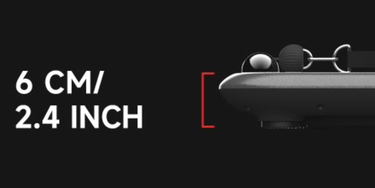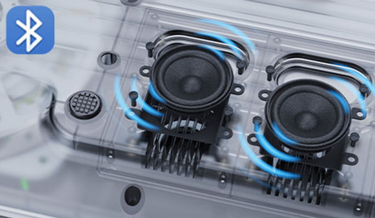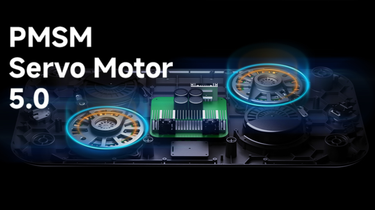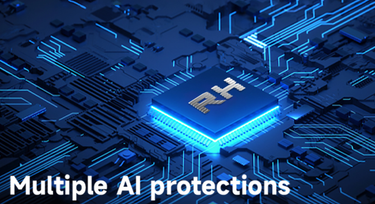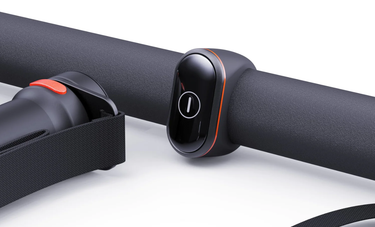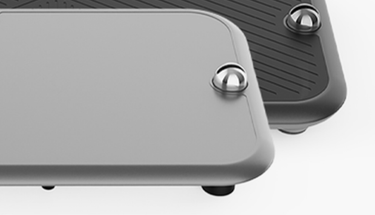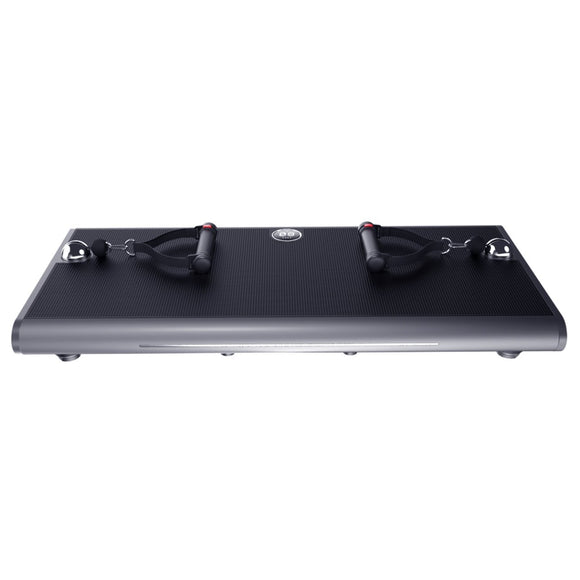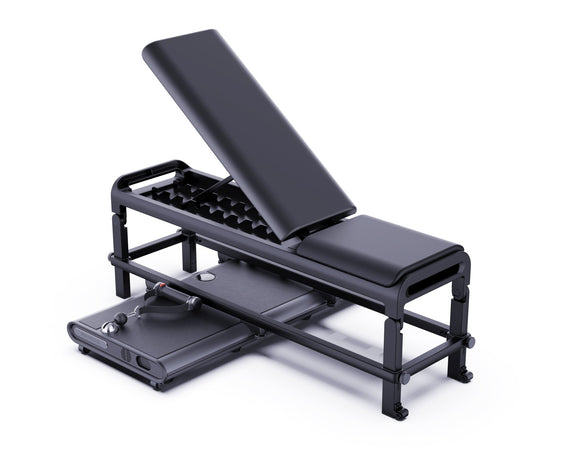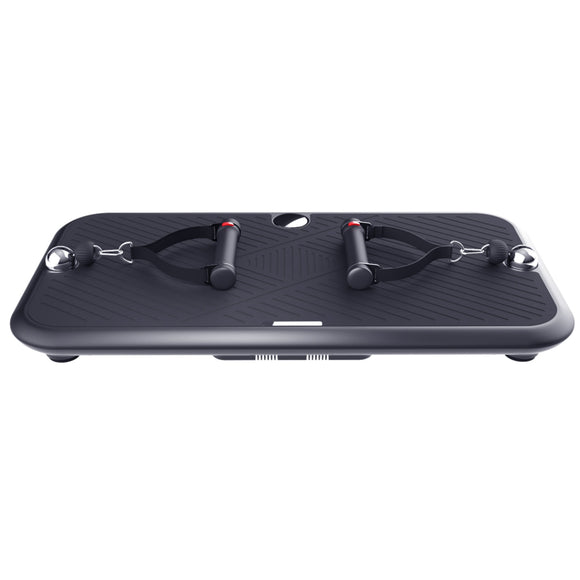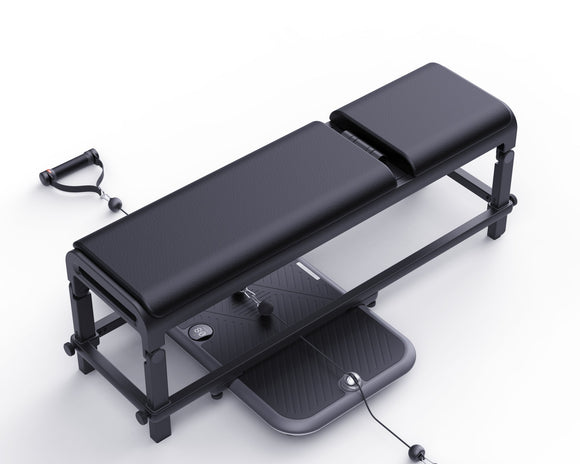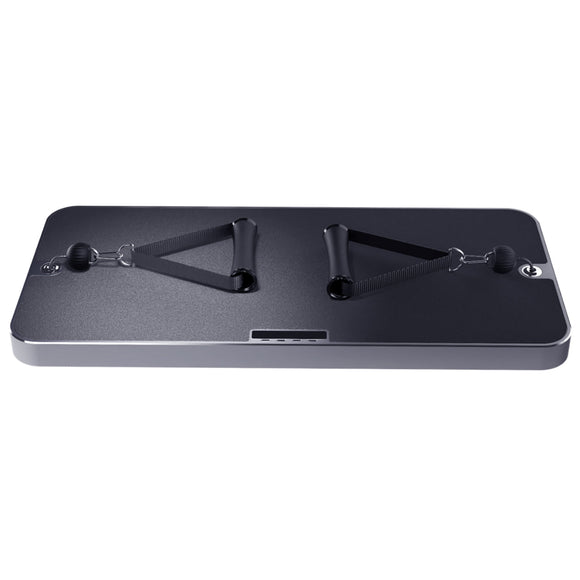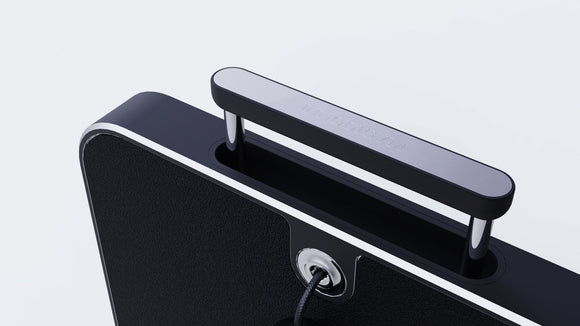Mastering the Dragon Squat: A Comprehensive Guide
Use this text to share information about your store with your customers. Describe a product, share announcements, or welcome customers to your store.
-
Leg Strength: Dragon squats engage not just your quads and glutes but also your hamstrings and calves in unique ways, promoting well-rounded leg development.
-
Balance and Coordination: The act of extending one leg back while squatting down with the other requires and thus improves your body control.
-
Flexibility: This movement stretches your hip flexors and quads, contributing to better overall flexibility.
-
Core Engagement: Keeping your body stable through this movement necessitates strong core activation.
-
Starting Position: Stand upright, feet hip-width apart. Keep your core engaged for stability.
-
Lift One Leg: Slowly lift one leg behind you, keeping it straight or with a slight bend in the knee, focusing on maintaining your balance.
-
Squat Down: As you extend your back leg, bend your standing leg to lower your body into a squat. Aim to get your back knee close to the ground without touching it.
-
Rise Up: Push through the heel of your standing leg to return to the starting position, keeping your back leg elevated.
-
Repeat: Switch legs and repeat the process, ensuring both sides get equal work for symmetry.
-
Start with Assistance: Use a wall or chair for balance until you master the movement.
-
Progress Gradually: Begin with partial squats if full depth is challenging, gradually increasing your range of motion.
-
Warm-Up: Engage in dynamic stretches to prepare your muscles, focusing on hip mobility and lower back flexibility.

